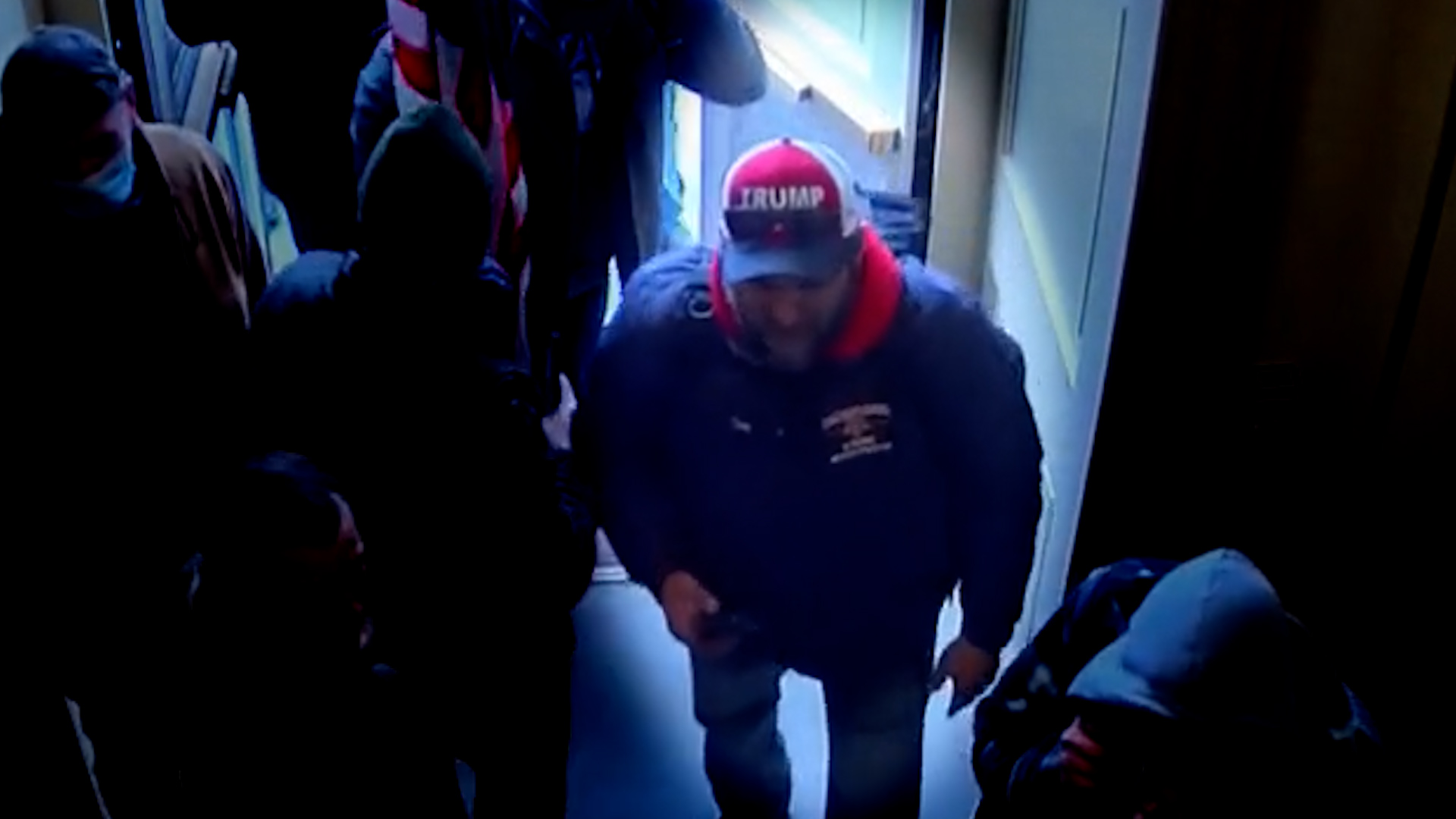Racial profiling is not rampant, but it does exits, according to state lawmakers who received results of a report on racial profiling by police in Connecticut.
The report from Central Connecticut State University’s Institute for Municipal and Regional Policy finds "significant racial and ethnic disparities” still exist in police traffic stops made by nine Connecticut police departments and one state police troop.
"Every Connecticut Police Chief remains committed to the law – but more importantly to the principle - that, stopping an individual based solely on what they look like is unacceptable and is illegal. Our expectation is that our officers are stopping violators who represent a virtual mirror image of who is actually driving on our roadways," a statement from the Connecticut Police Chiefs Association says.
Based on police traffic stop data collected between October 2014 and September 2015, researchers found significant disparities in traffic stop data from police in Bloomfield, New Milford, Norwalk, West Hartford, Wethersfield and State Police Troop H.
The findings indicate that minority motorists were more likely to have been stopped during daylight as opposed to darkness hours, the reports says.
“Our analysis produced sufficiently strong results to determine the presence of significant racial and ethnic disparity and warrant further investigation into the source of the observed disparity,” Kenneth Barone, project manager for IMRP said in a statement.
Local
Data from departments in Meriden, Newington, Trumbull and Windsor were found to have consistent disparities that raise the potential of racial and ethnic bias according to the three descriptive measures used to evaluate racial and ethnic disparities.
“The confidence in the validity of descriptive tests is high, and it is reasonable to believe that these four departments should be subject to further review to determine factors that may be causing these differences,” Barone said.
Last year, they found “significant racial and ethnic disparities” in East Hartford, Granby, Groton Town, Hamden, Manchester, New Britain, Stratford, Waterbury, Wethersfield, in addition to State Police Troop C and Troop H.
“Our goal was to better understand the factors contributing to the initial findings of racial and ethnic disparities,” Kenneth Barone, IMRP project manager, said.
The meeting takes place at 10 a.m. in the Legislative Office Building in Hartford and it will include a 30-minute presentation from research staff, followed by comments from the Connecticut Racial Profiling Advisory Board and legislators.



